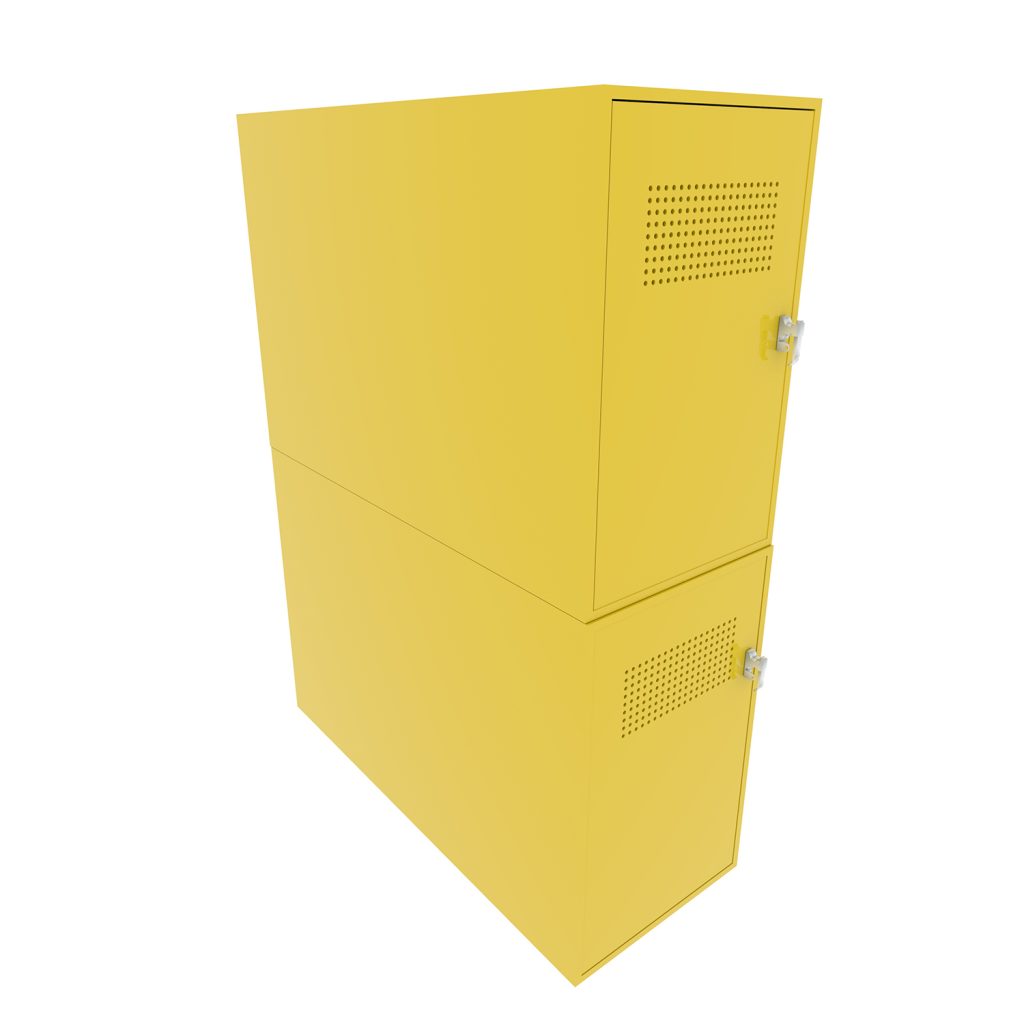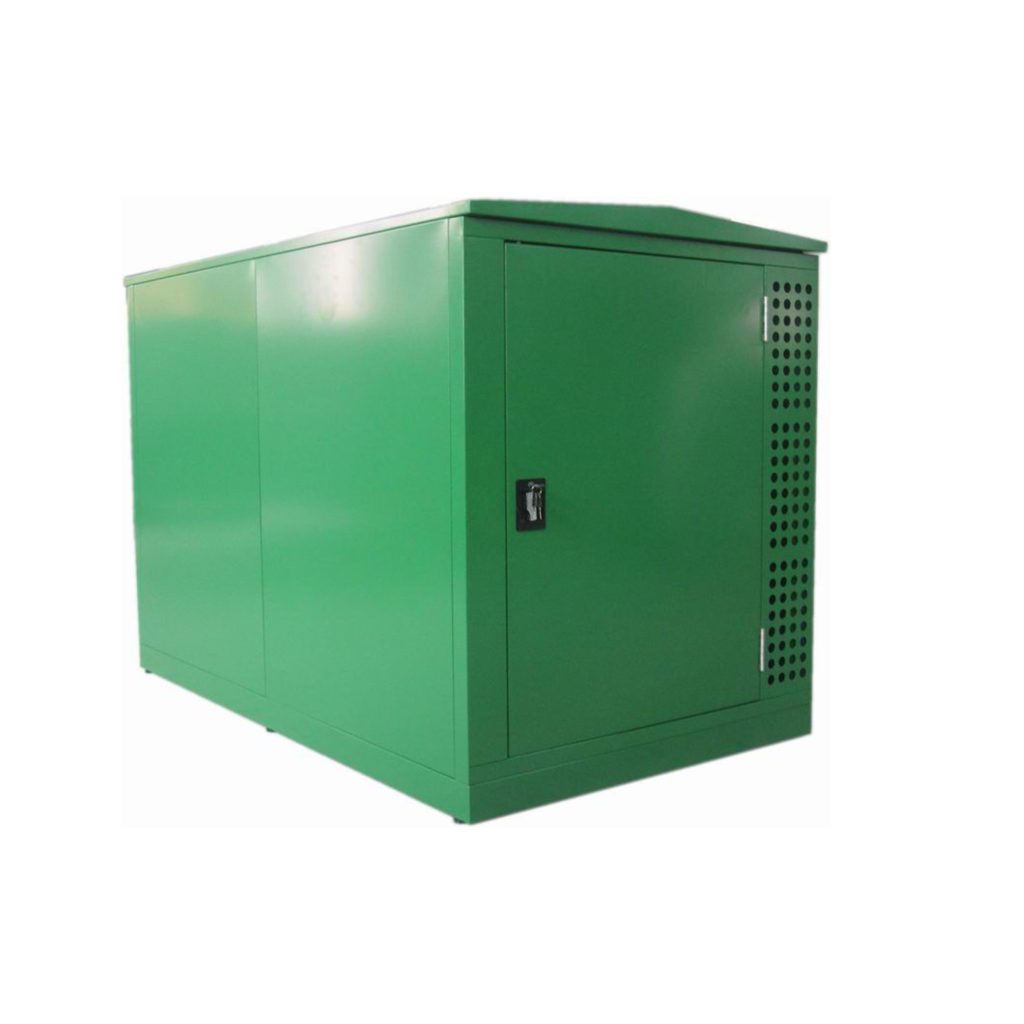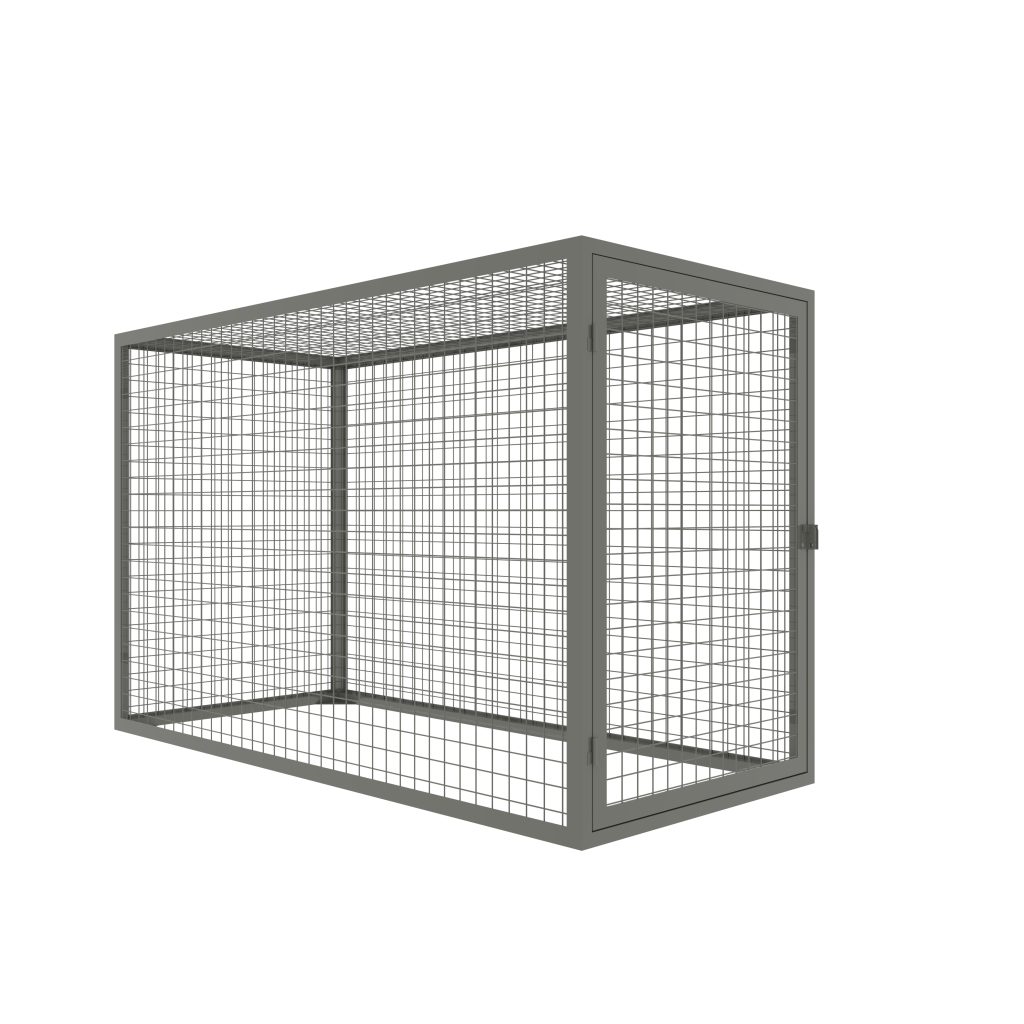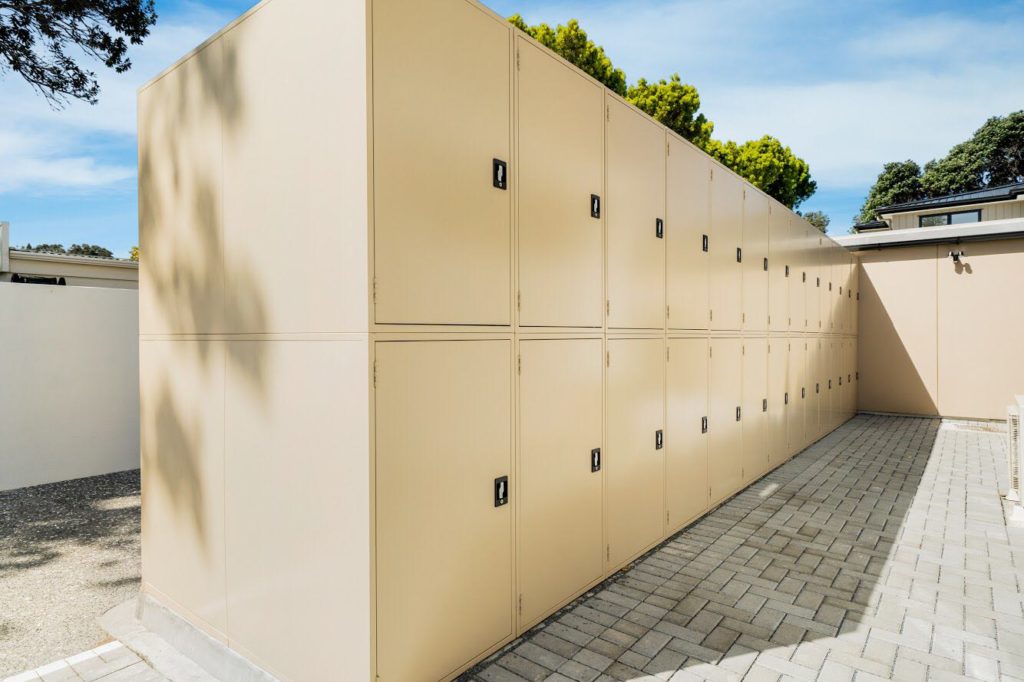Guard Your Gear: The Comprehensive Guide on How to Lock Bike on Bike Rack
Types of Bicycle Lockers for Sale






When considering how to lock bike on bike rack securely, understanding the myriad of bicycle locker options available is crucial. Here's a breakdown of the types and features:
Lock Types and Materials:
D-Locks: Offer the highest security level due to their robust design, making them difficult for thieves to cut through
Materials: Metal and fiberglass composite are prevalent, with fiberglass offering advantages like being lighter and resistant to UV and fire.Metal lockers, while sturdy, may require more maintenance due to rust.
Innovative Technologies and Configurations:
Automated Systems: In places like Japan and China, automated underground parking systems allow for quick and secure bike storage and retrieval.
Configurations: From single to double-tier lockers and various shapes like rectangle or pie designs, lockers are designed to maximize space and accommodate standard-sized bicycles. Some even come with options like side panel windows or electrical outlet charging stations.
Security Features:
Locking Mechanisms: Options range from low-security coin-operated locks to high-grade vault type locks and electronic access for better management.
Construction Details: For the utmost protection, look for lockers with minimal door gaps, perforation for ventilation but not at the expense of security, and materials that resist cutting, burning, and graffiti.
Selecting the right bike locker involves balancing the need for security, ease of use, and resistance to weather and vandalism. With the variety of options detailed above, cyclists can make informed decisions to protect their bicycles effectively.
Choosing the Right Bicycle Locker

Choosing the right bicycle locker involves a multifaceted approach, considering security, location, and the locker's material and design. Here are key considerations:
Security and Locking Techniques:
Prioritize locking the frame and both wheels to the bike rack, using multiple locks if possible to deter thieves .
Opt for lockers with two-point locking mechanisms that penetrate into a solid doorframe, ensuring a higher security level.
Location and Environmental Factors:
Select lockers situated near entryways or in high-traffic, visible areas, preferably with CCTV coverage, to enhance security.
Consider environmental resistance; lockers made of hot-dipped galvanized steel with a powder-coat top coat are recommended for their durability against rust and environmental damage.
Material and Design:
Steel is favored for its resistance to cutting and burning. Ensure the locker's design minimizes door gaps to prevent prying attacks.
Choose between transparent or solid panels based on the need for visibility and theft deterrence, and ensure high-quality components to avoid rusting.
Installation and Maintenance Tips
Installation Tips
Preparation and Placement:
Ensure installation on a 4-inch-thick reinforced concrete pad, sloped for water run-off.
The pad should not exceed a slope of one degree to maintain stability.
Surround locker units with an improved surface such as concrete or asphalt for easy access.
Maintenance Guidelines:
Regular inspections for rust, cracks, and loose anchoring are crucial.
Clean with a stiff bristle brush and biodegradable cleaner; ensure smooth operation of all moving parts.
Touch up paint and apply weatherproof sealant annually to protect metal surfaces.
Innovative Commercial Bicycle Lockers Technologies
Innovative technologies in bicycle lockers are revolutionizing how cyclists secure their bikes, offering enhanced security and convenience. Among these advancements:
Smart Features: Access to these lockers is secured through smartphone apps, ensuring that only authorized users can open them. This feature not only enhances security but also provides a convenient way for cyclists to reserve and access their locker without physical keys. The lockers are equipped with weatherproof materials to protect bikes from environmental damage, further extending their lifespan.
Data and Analytics Capabilities: Advanced models like those from Bikeep offer data analytics features, enabling city authorities to monitor usage patterns. This insight helps in planning future infrastructure improvements, making the lockers an integral part of smart city initiatives. Additionally, the space-efficient design of these lockers allows for ample bike parking without occupying excessive urban space.
Conclusion
Throughout this guide, we have traversed the landscape of bicycle security, highlighting the importance of choosing the right bicycle locker and the methods to effectively secure bikes on rack systems. The collaboration with Kryptonite provided a foundation for understanding the essential features of locks and lockers, from their materials and designs to the innovative technologies that enhance security and convenience for cyclists. This exploration not only furnished cyclists with the knowledge needed to protect their bicycles from theft and vandalism but also underscored the options available for making an informed decision based on security needs, environmental factors, and the convenience offered by modern locking solutions.
The significance of safeguarding one's bicycle transcends mere protection against theft; it embodies a commitment to promoting sustainable urban mobility and supporting the broader cycling community. As we look towards a future where bicycles continue to be an integral part of urban landscapes, the insights gained here serve as a cornerstone for cyclists aiming to secure their gear. By adopting the practices and technologies discussed, cyclists can contribute to a culture of security and responsibility, ensuring that their adventures on two wheels are both enjoyable and safe. Encouraging further innovation and adoption of secure bicycle parking solutions will certainly pave the way for more resilient urban cycling infrastructures.
FAQs
Q: What is the correct method to secure my bike to a bike rack?
A: To secure your bike to a bike rack, use a high-quality lock and follow the specific locking technique recommended by the lock manufacturer. This often involves locking the frame and one wheel to the rack with a U-lock, and using a cable to secure the remaining wheel.
Q: Can you provide guidance on fastening a bike to a wheel rack?
A: When locking a bike to a wheel rack, ensure that you secure the bike frame and not just the wheel to the rack. Use a sturdy lock to connect the frame directly to the rack for optimal security.
Q: How can I ensure that my bike rack remains secure?
A: To ensure your bike rack is secure, if it's equipped with roof bars and footings that have built-in locks, make sure each footing is locked at all times. Also, lock the rack to the bars. When your car is unattended, consider wrapping a bike lock around the frame and the rack, keeping in mind any insurance requirements.
Q: What is the process for locking a bike using a U-lock and cable?
A: To lock a bike with a U-lock and cable, position the U-lock to secure the frame and one of the wheels to the bike rack. Then, use the cable to loop through the front wheel and any other components, attaching it to the U-lock before securing the lock. This combination provides a higher level of security.

